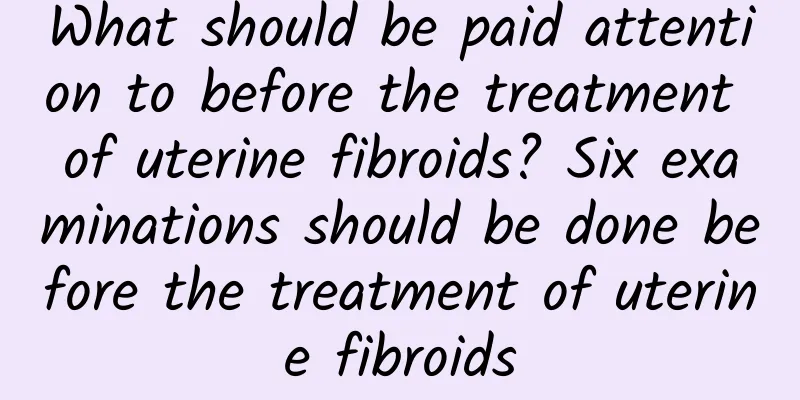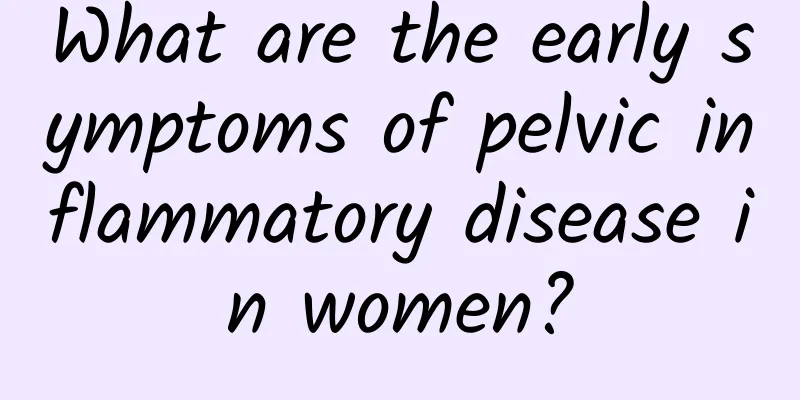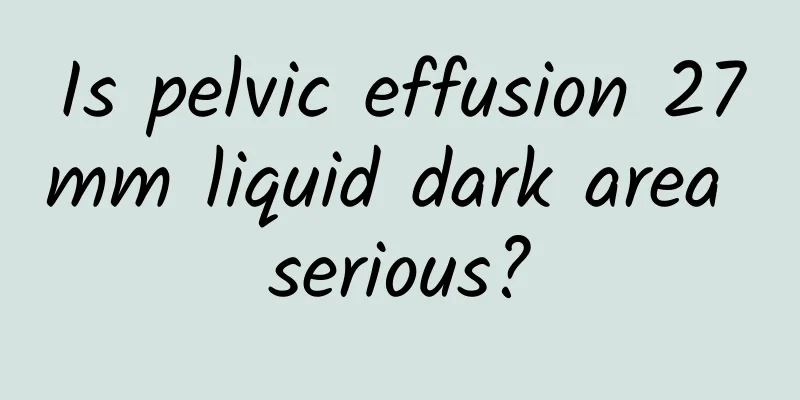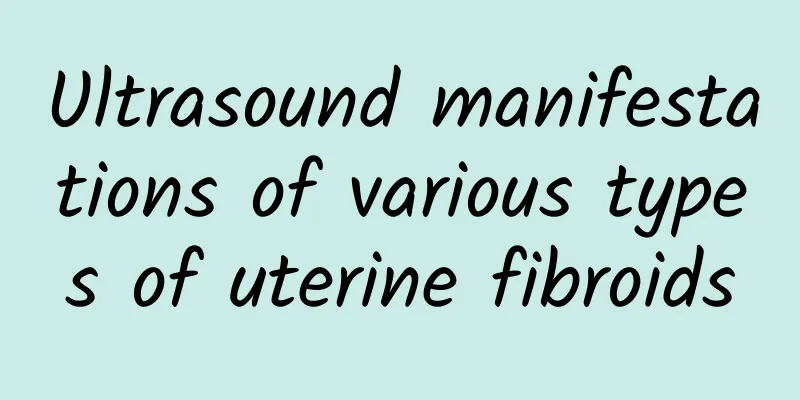What should be paid attention to before the treatment of uterine fibroids? Six examinations should be done before the treatment of uterine fibroids

|
For the examination items before the treatment of uterine fibroids, a detailed examination must be carried out before the treatment of uterine fibroids to determine the cause and location of the disease so as to treat it correctly and avoid misunderstandings. Let us take a look at the examination items before the treatment of uterine fibroids. 1. Ultrasound examination: Color B-ultrasound examination is more commonly used in clinical practice. It can show the enlargement of the uterus, irregular shape; the number, location, size of uterine fibroids, whether the uterine fibroids are uniform or liquefied cystic changes; and whether the surrounding areas are compressing other organs. It also helps to distinguish the degeneration or malignant changes of uterine fibroids, as well as the identification of ovarian tumors or other pelvic masses. 2. Detection of the uterine cavity: Use a probe to measure the uterine cavity. Intramural uterine fibroids or submucosal uterine fibroids often increase in size and deform. Therefore, the uterine probe can be used to detect the size and direction of the uterine cavity. Compared with the double clinic, it helps to determine the nature of the mass and understand whether there is a mass in the cavity and its location. 3. Plain X-ray: When uterine fibroids are calcified, they appear as scattered uniform spots, or a shell-like calcified capsule, or a rough, wavy, honeycomb-like shape. 4. Diagnostic curettage: Small submucosal uterine fibroids or dysfunctional uterine bleeding, endometrial polyps are not easy to be found through double diagnosis, and curettage can assist in diagnosis. If the suspected submucosal uterine fibroids are still unclear, hysterography can be used. 5. Hysterosalpingography: Ideal hysterosalpingography can not only show the number and size of submucosal uterine fibroids, but also locate them. Therefore, it is very helpful for the early diagnosis of submucosal uterine fibroids, and the method is simple. Photography of uterine fibroids shows whether the uterine cavity is full or not. 6. CT and MRI: These two examinations are generally not needed. The images of CT diagnosis of uterine fibroids only express details at a specific level, and the image structure does not overlap. The CT image of benign uterine tumors is enlarged in volume, uniform in structure, and high in density +40 to +60H (normal uterus is +40 to +50H). When diagnosing uterine fibroids, MRI has different signals for whether there is degeneration, type, and degree of degeneration inside the uterine fibroids. |
<<: How to treat uterine fibroids? What are the treatment measures for uterine fibroids?
Recommend
Menopausal women are at risk of ectopic pregnancy if they do not pay attention to contraception
If menopausal women do not use contraception, the...
Bacterial vaginosis test
We think that bacterial vaginosis is a common dis...
Symptoms of pelvic inflammatory disease
Pelvic inflammatory disease is one of many gyneco...
How to cure chronic adnexitis
Chronic adnexitis is a common gynecological disea...
Prevention of adnexitis is urgent
Adnexitis is very harmful. Only by actively doing...
Is it necessary to induce ovulation in adolescent functional uterine bleeding?
Dysfunctional uterine bleeding is mainly caused b...
Song Hye Kyo drinks lemon water every day to cleanse the intestines and reduce edema
Song Hye Kyo, a charming Korean star who rose to ...
Can e-cigarettes help you lose weight? Quitting smoking is the best way to lose weight
The Internet is going viral: "Smoking e-ciga...
Eight daily health care measures to relieve the worries of patients with uterine fibroids
When it comes to uterine fibroids, many patients ...
Yam and soy milk are super nutritious and slimming without losing your career line
Although losing weight is a major event in life, ...
What is the difference between uterine fibroids and uterine cysts
What is the difference between uterine fibroids a...
After a big meal, your stomach bulges like a pregnant woman? Fitness coach teaches 3 ways before going to bed to strengthen the transverse abdominal muscles and say goodbye to fat belly
When a few friends get together for a meal, they ...
Gaining weight again is the nightmare of those who are trying to lose weight! Small meals and a Mediterranean diet can prevent weight gain
Many people have tried many weight loss methods b...
What are the suppositories for Trichomonas vaginitis?
What are the suppositories for Trichomonas vagini...
What are the symptoms of menopause and how to diagnose it
Women's fertility will gradually decrease aft...

![[Video version] G.E.M. reveals her lazy breakfast, replacing rice with oatmeal to lose 7 kg a year? Nutritionist says...](/upload/images/67dcfcd9c2c73.webp)







